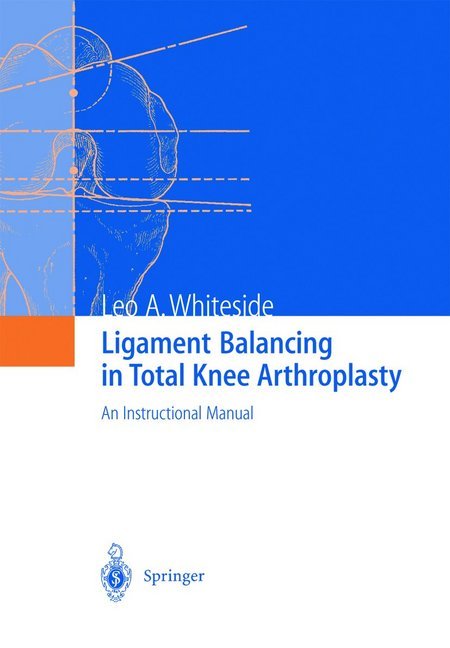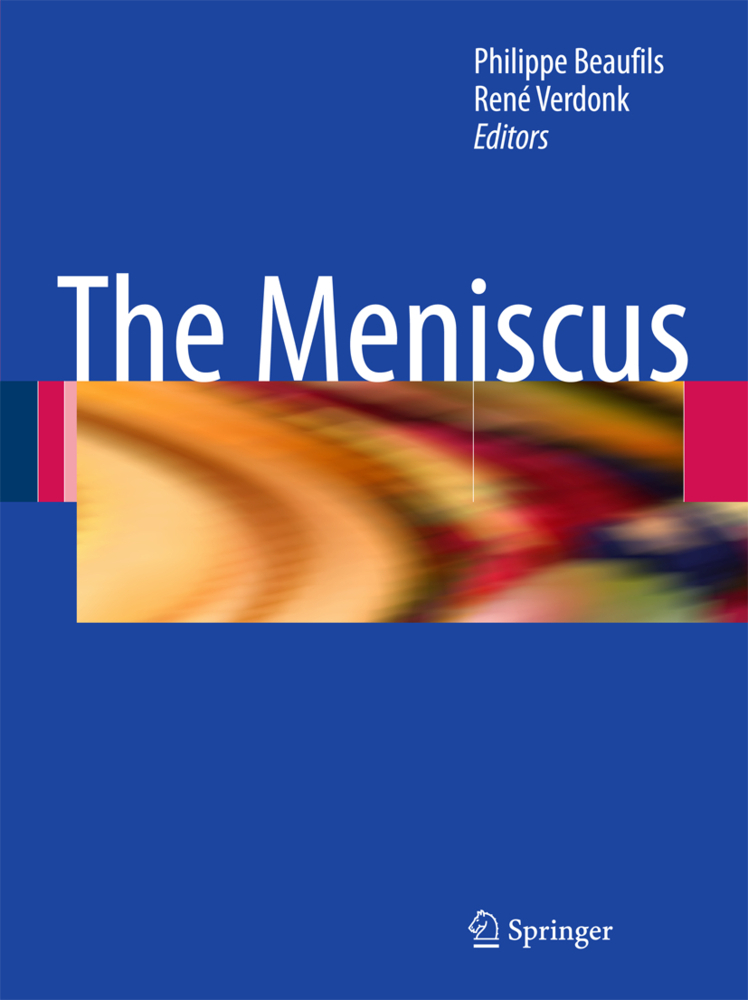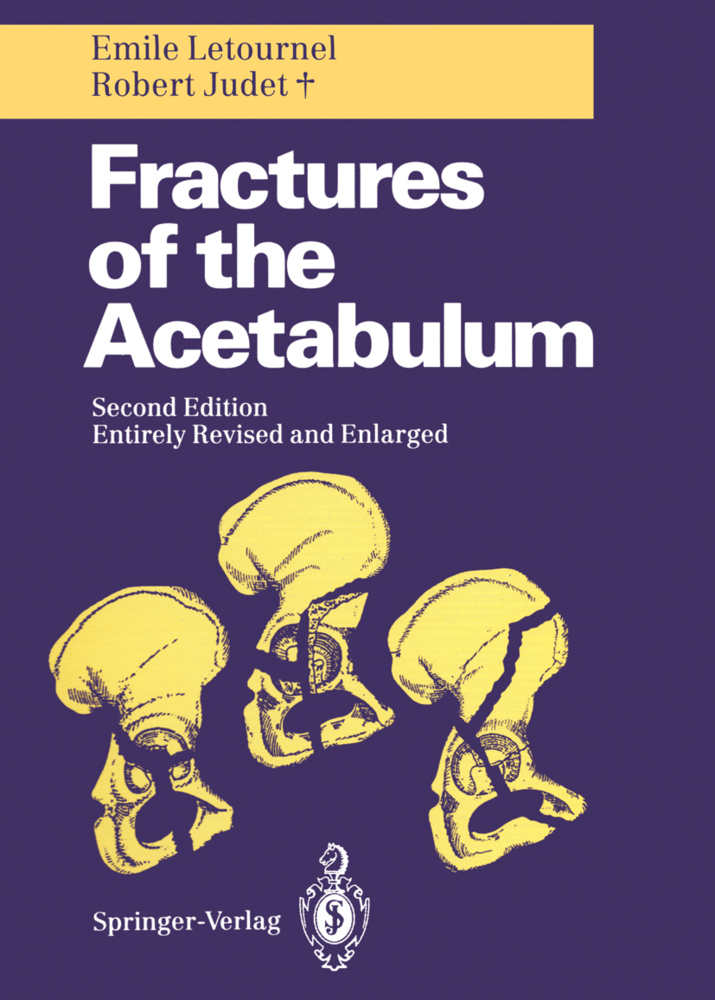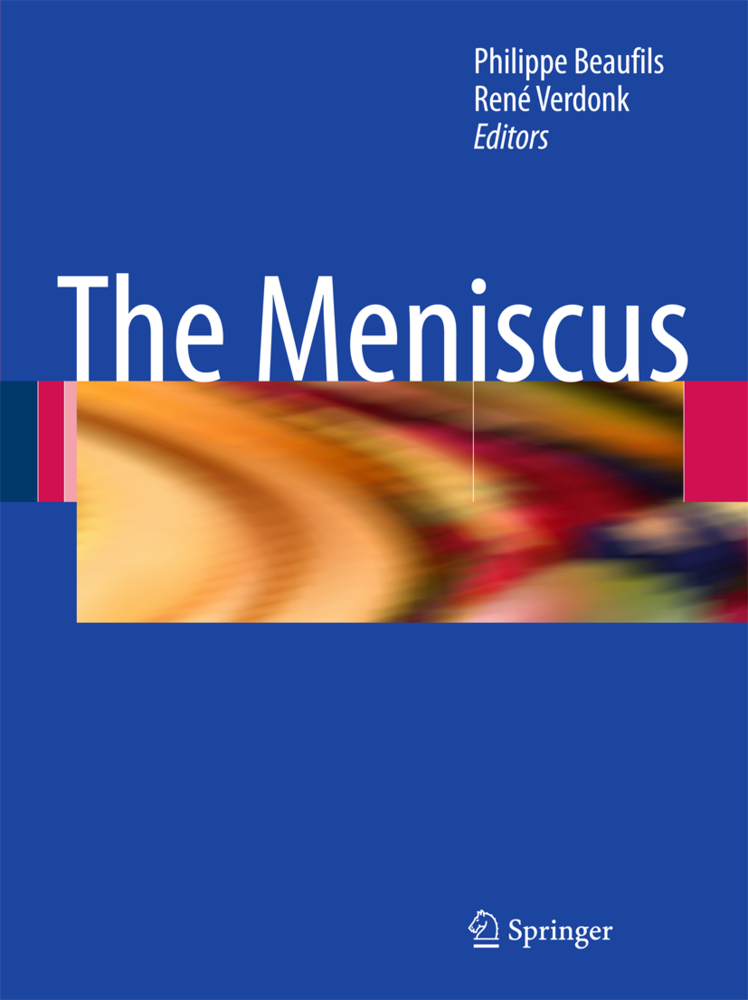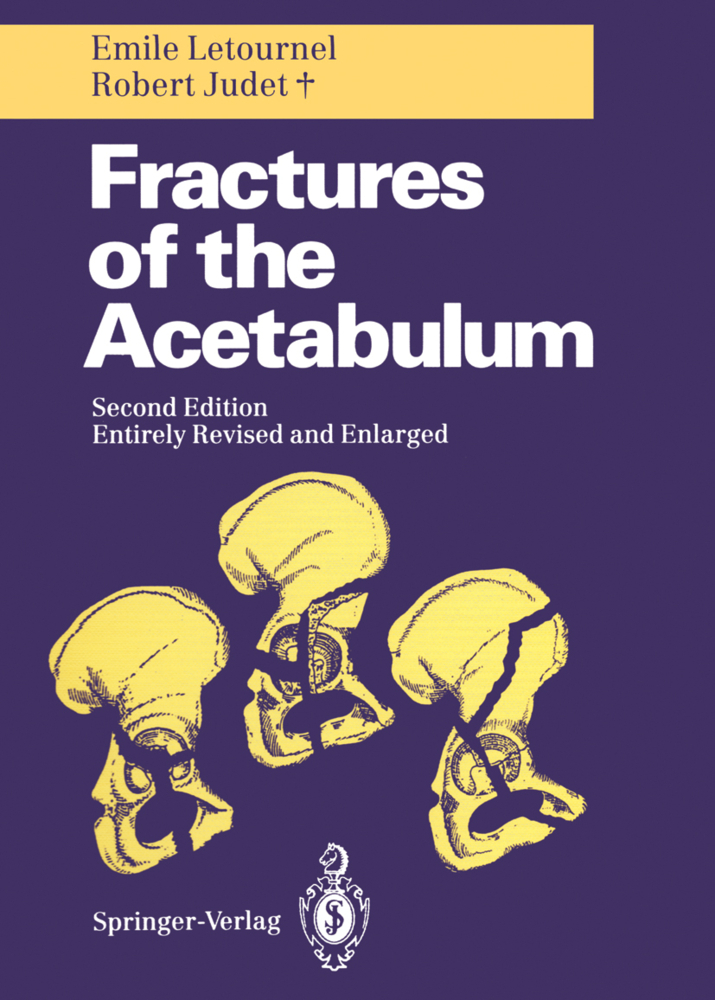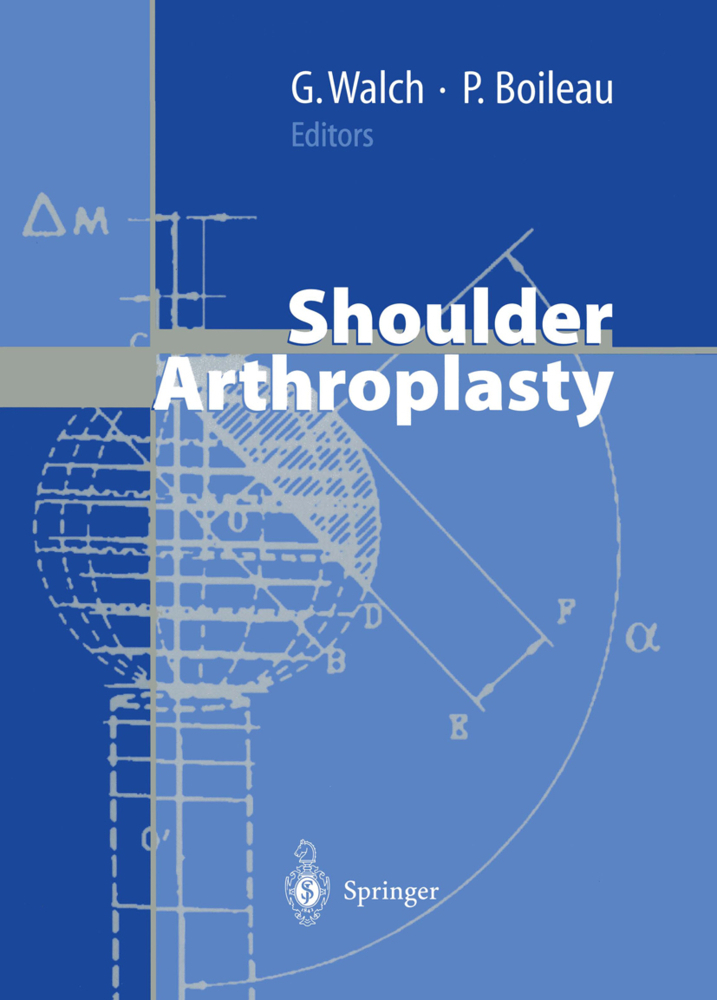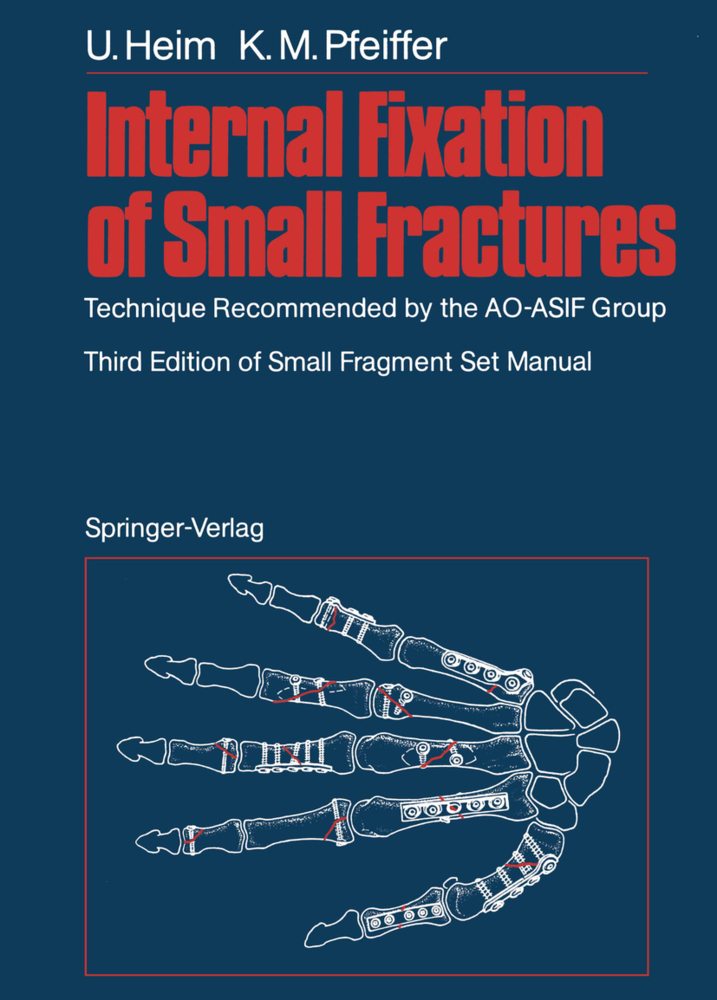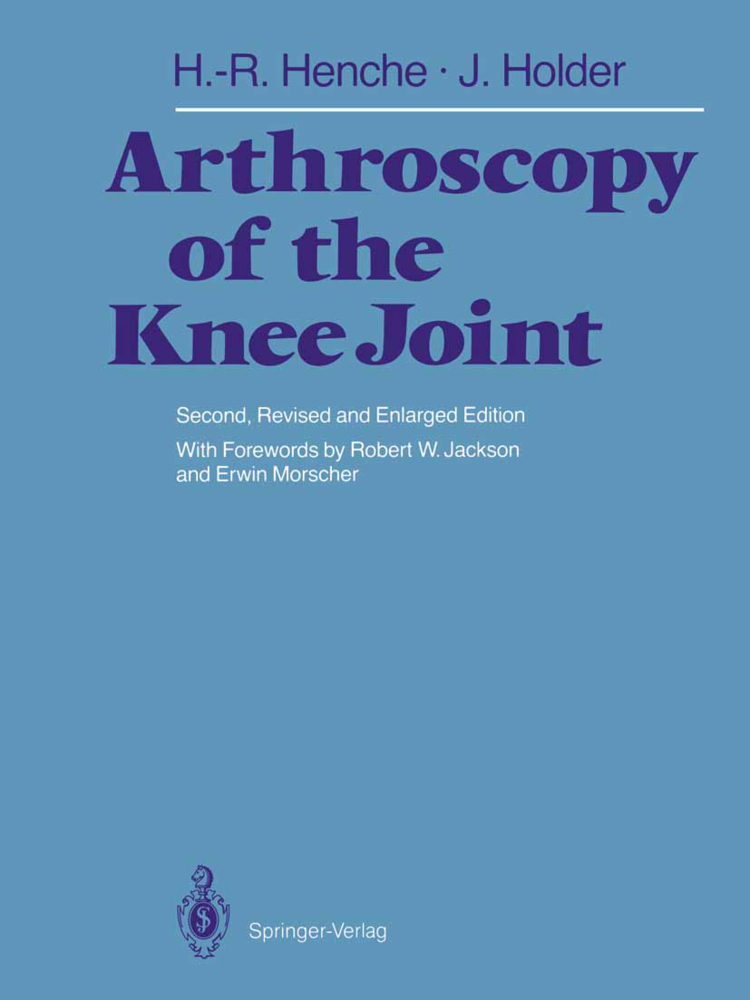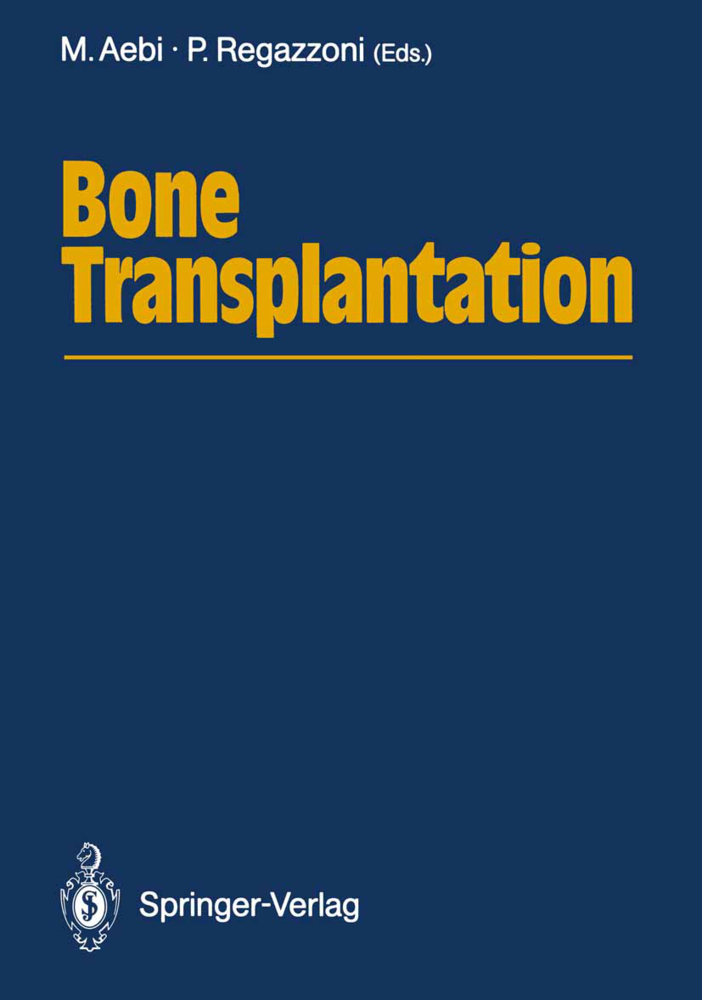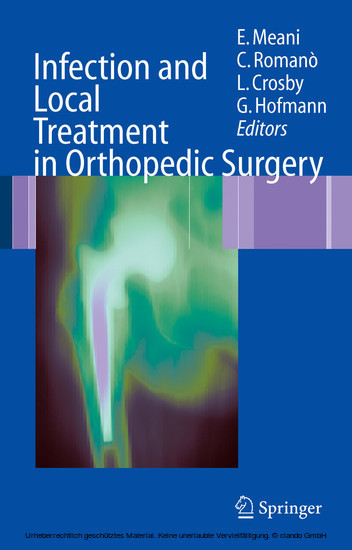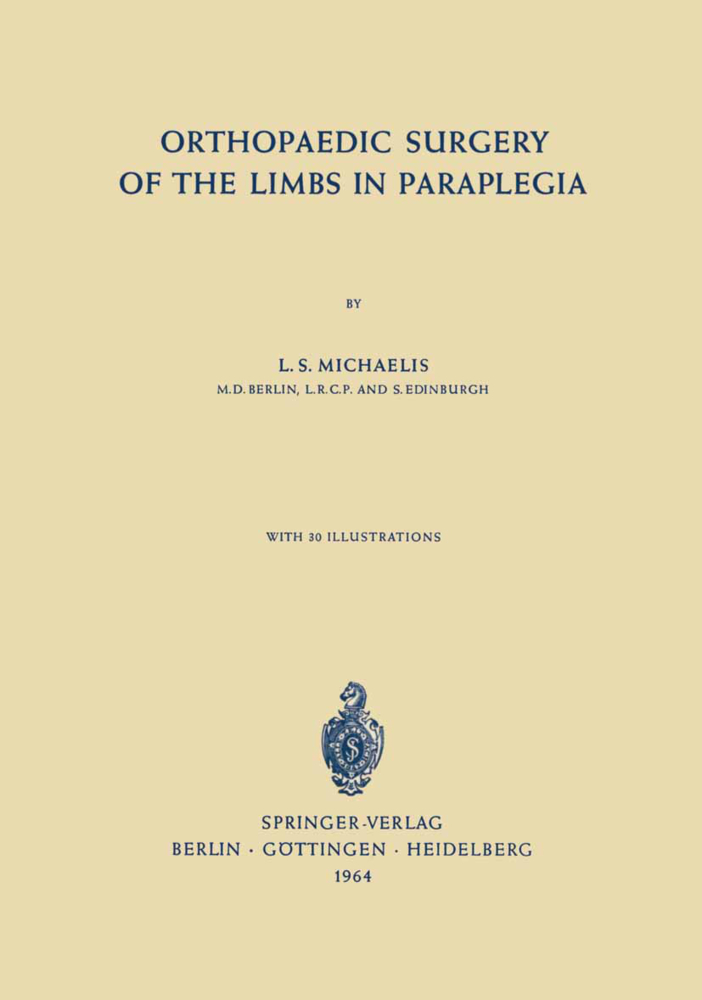Ligament Balancing in Total Knee Arthroplasty
An Instructional Manual
Ligament Balancing in Total Knee Arthroplasty
An Instructional Manual
The varus knee has a group of bone and ligament abnormalities that must be addressed to correct the deformity. The mechanical axis of the femur is tilted medially relative to the long axis of the tibia. The distal femoral surface usually remains in valgus alignment to the long axis of the femur. Most of the varus deformity is caused by deficiency in the medial tibial plateau. The deep and superficial medial collateral ligaments are contracted and deformed by osteophytes.
1. Introduction
2. Patella3. Posterior Cruciate Ligament
3.1. Tight Posterior Cruciate Ligament
3.2. Release of the Posterior Cruciate Ligament
4. Varus Knee
4.1. Tight Medially in Flexion, Loose in Extension
4.2. Tight Medially in Extension, Balanced in Flexion
4.3. Tight Medially in Flexion and Extension
4.4. Tight Popliteus Tendon
4.5. Compensatory Lateral Release - Extension Only
4.6. Compensatory Lateral Release - Flexion and Extension
4.7. Pitfalls of the Varus Knee
5. Valgus Knee
5.1. Tight Laterally Flexion and Extension
5.2. Tight Laterally in Extension, Normal Stability in Flexion
5.3. Tight Laterally in Flexion, Normal Stability in Extension
5.4. Deficient Posterior Cruciate Ligament
5.5. Pitfalls of the Valgus Knee
6. Flexion Contracture and Femoral Sizing
6.1. Varus Knee with Flexion Contracture
6.2. Pitfalls with Flexion Contracture
7. Recurvatum
8. Summary.
Whiteside, Leo A.
| ISBN | 978-3-642-63924-1 |
|---|---|
| Artikelnummer | 9783642639241 |
| Medientyp | Buch |
| Copyrightjahr | 2011 |
| Verlag | Springer, Berlin |
| Umfang | X, 115 Seiten |
| Abbildungen | X, 115 p. |
| Sprache | Englisch |

